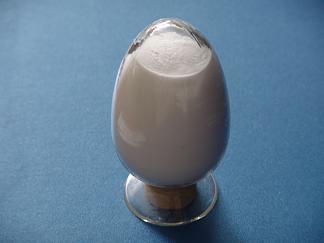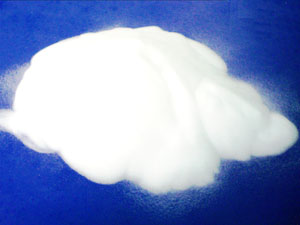Summary of TLC Technology
TLC is a kind of chromatography technology developed from the classical column chromatography and paper chromatography in the 1950s. After the 1960s, a lot of work has been done on the standardization, standardization and application of TLC, which makes the method more and more mature. It has become an important method of modern organic synthesis, separation and analysis of polymer materials. Thin layer chromatography combined with column separation can have full practical significance.
报错

Thin layer chromatography is a kind of separation process of microanalysis. It places the sample on the fixed phase of porous adsorbent thin layer with glass plate or aluminum, plastic and other sheets as carriers, and uses mobile phase to move the components in the mixture to different distances in a specific developing chamber. In the whole process of chromatographic development, the components of the sample are affected by different forces. The mobile phase uses capillary force to carry the sample through the stationary phase; the interaction between the sample and the stationary phase refers to the separation mechanism of delay, adsorption, dispersion, ion exchange and complexation of components due to dipole - (induced) - dipole interaction, hydrogen bond and van der Waals force. Many components can be examined under sunlight or ultraviolet light when treated with chromogenic reagent. Chromatogram can be evaluated by naked eye or by using densitometer and camera recording or imaging system methods.

In general, the plates are pre washed with solvents such as chloroform methanol (8:2) or even a mixture of stronger eluting solvents. The specific operation can be realized by blank chromatography. After the pre washing of chromatographic plates, they shall be dried by heating for 1 hour at 105 ℃, and then placed at room temperature for at least 2 hours (protective measures shall be taken to prevent the pollutants in the laboratory air from adhering to them again, such as placed in an empty dryer).

